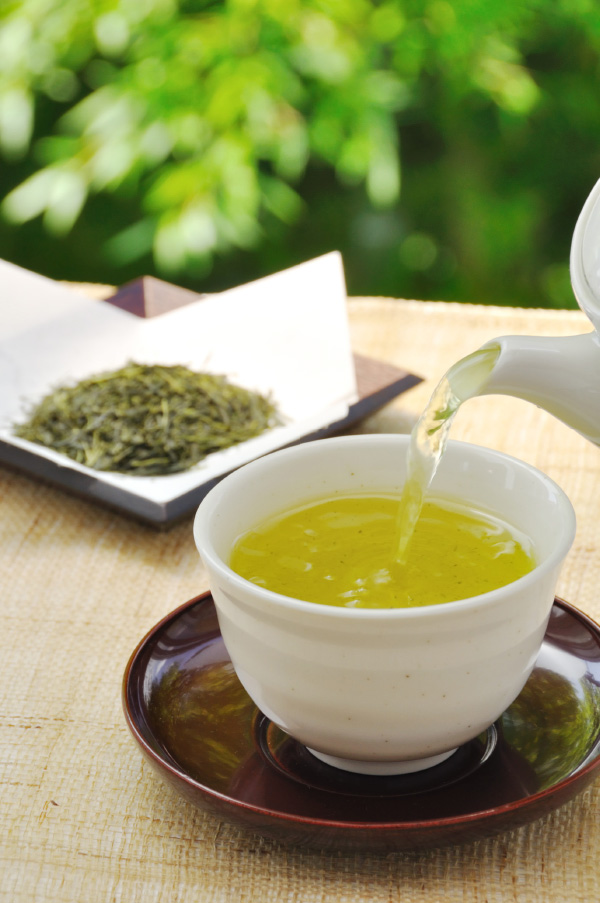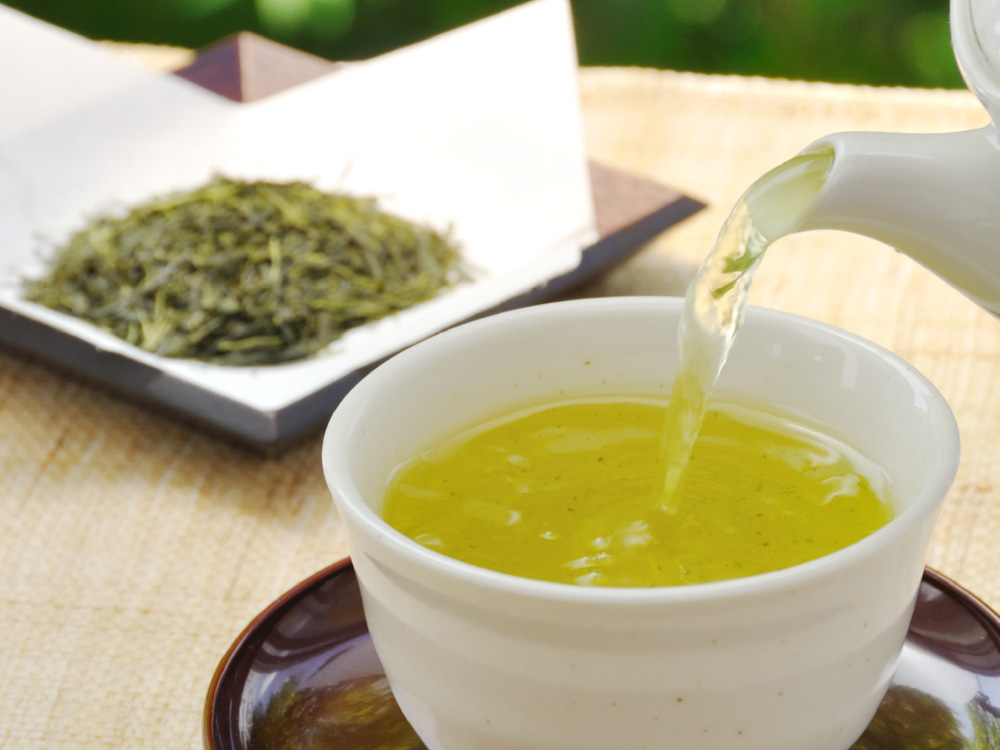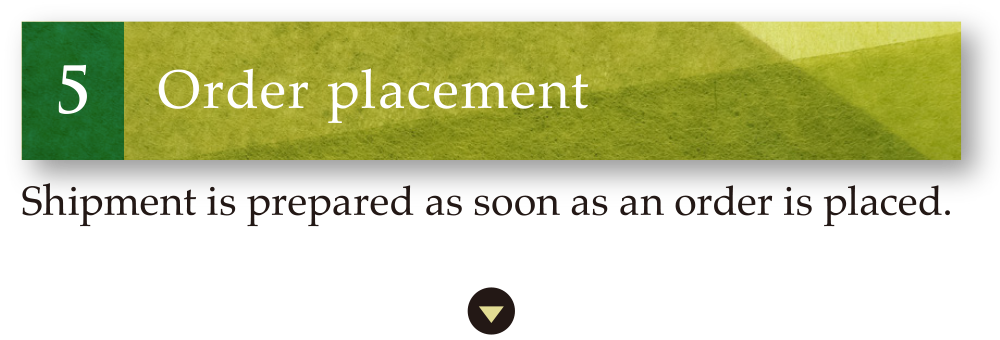



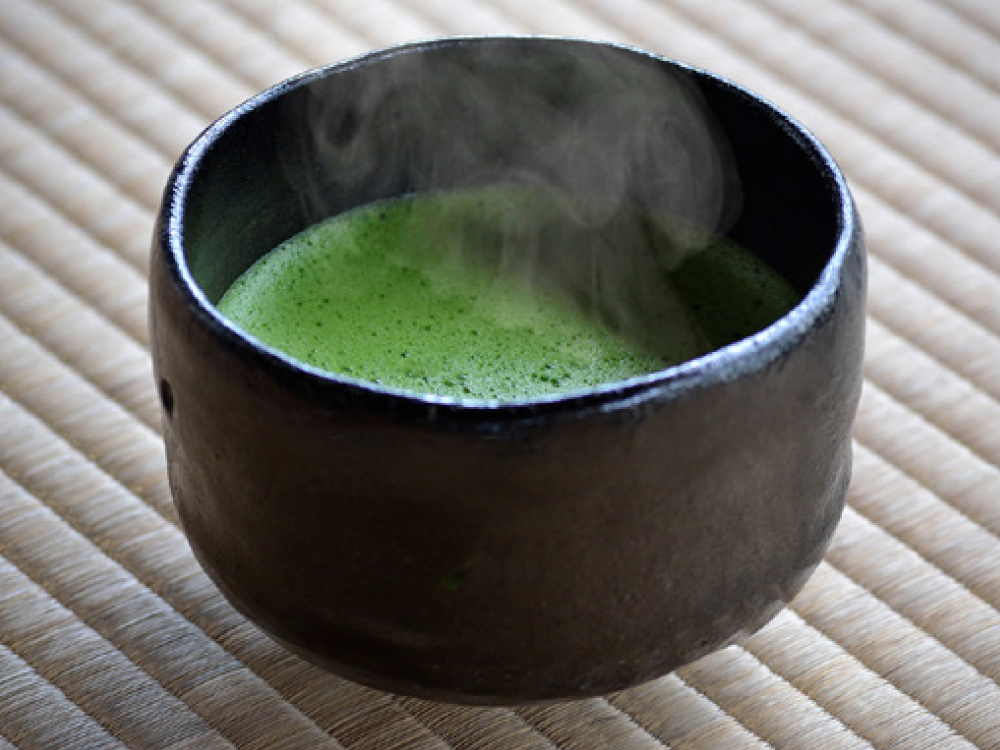

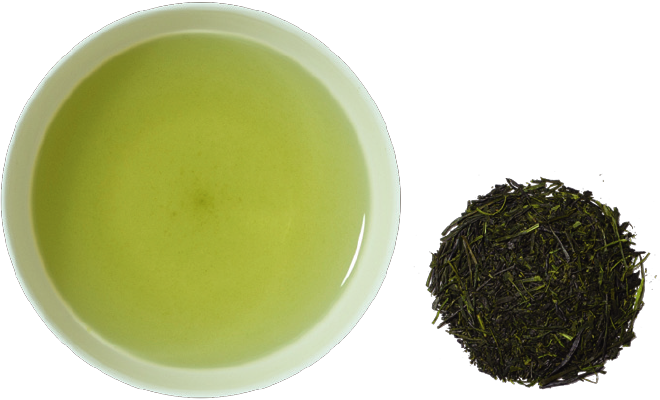
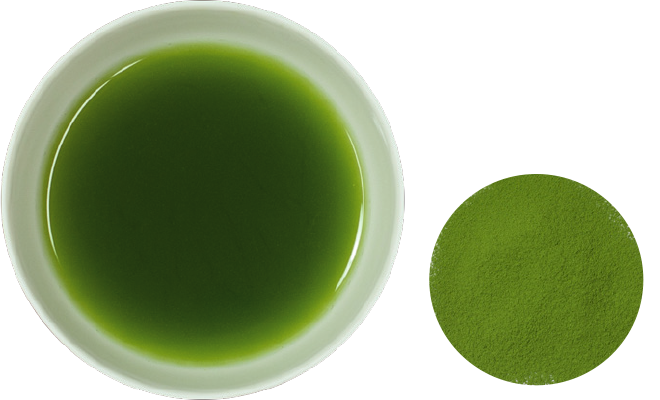
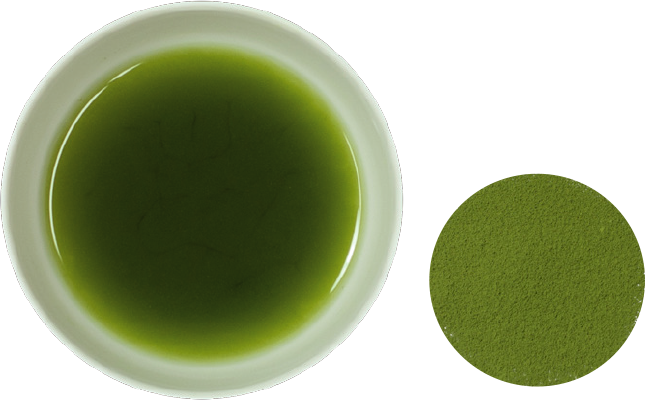
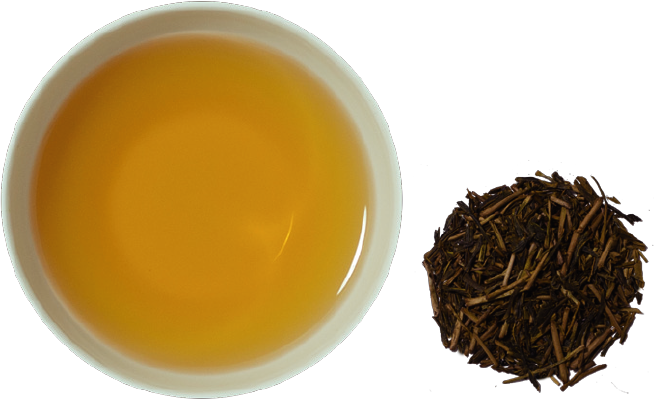
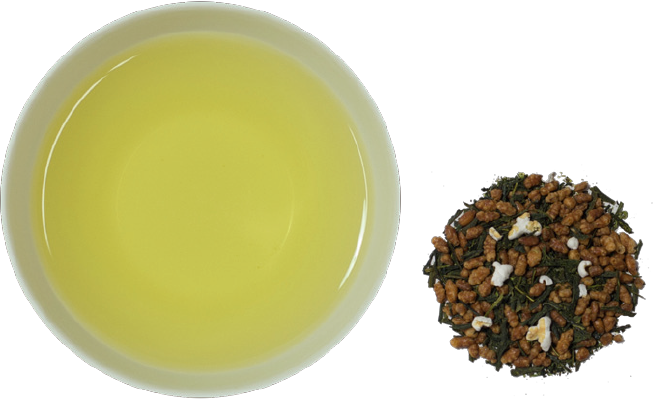
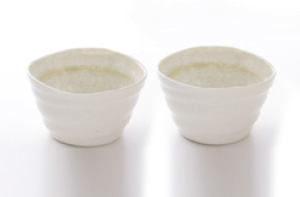
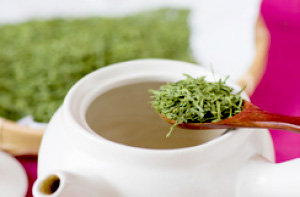
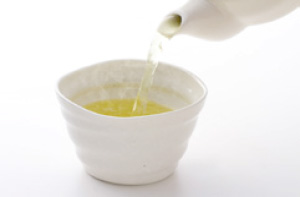

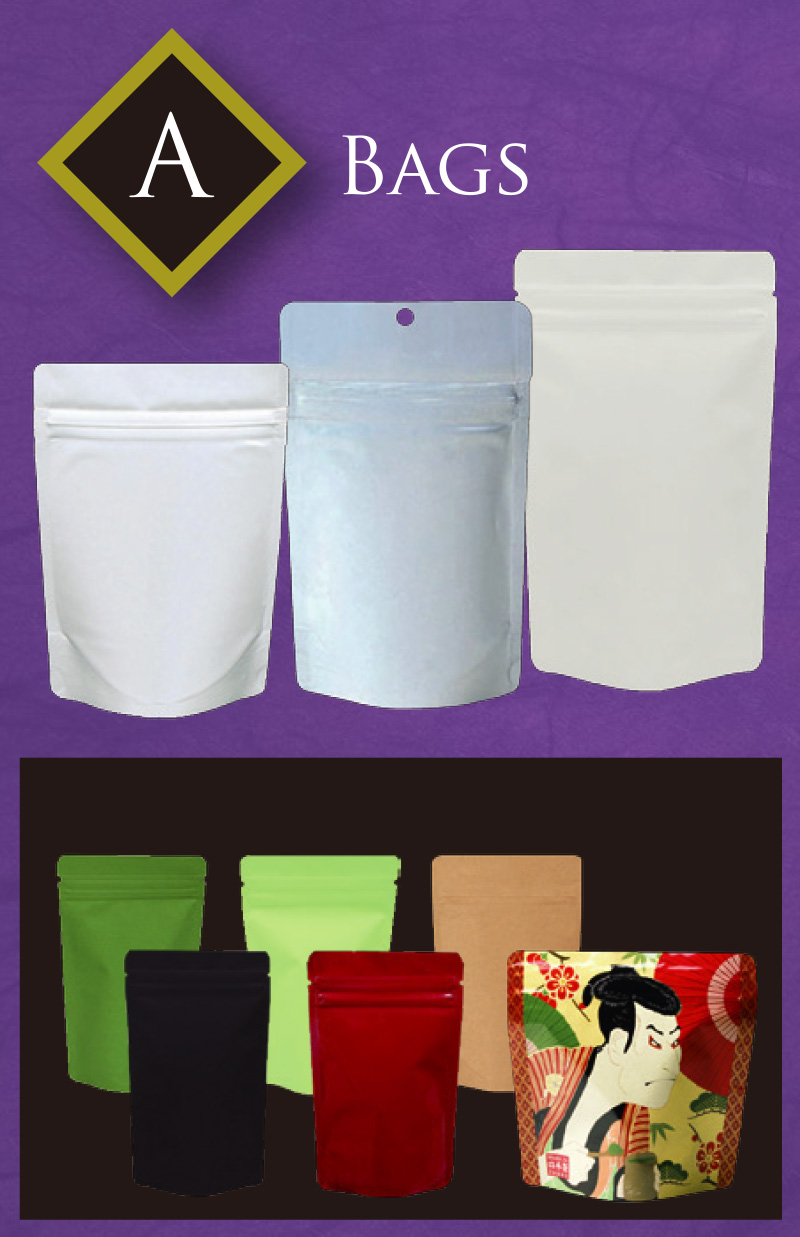
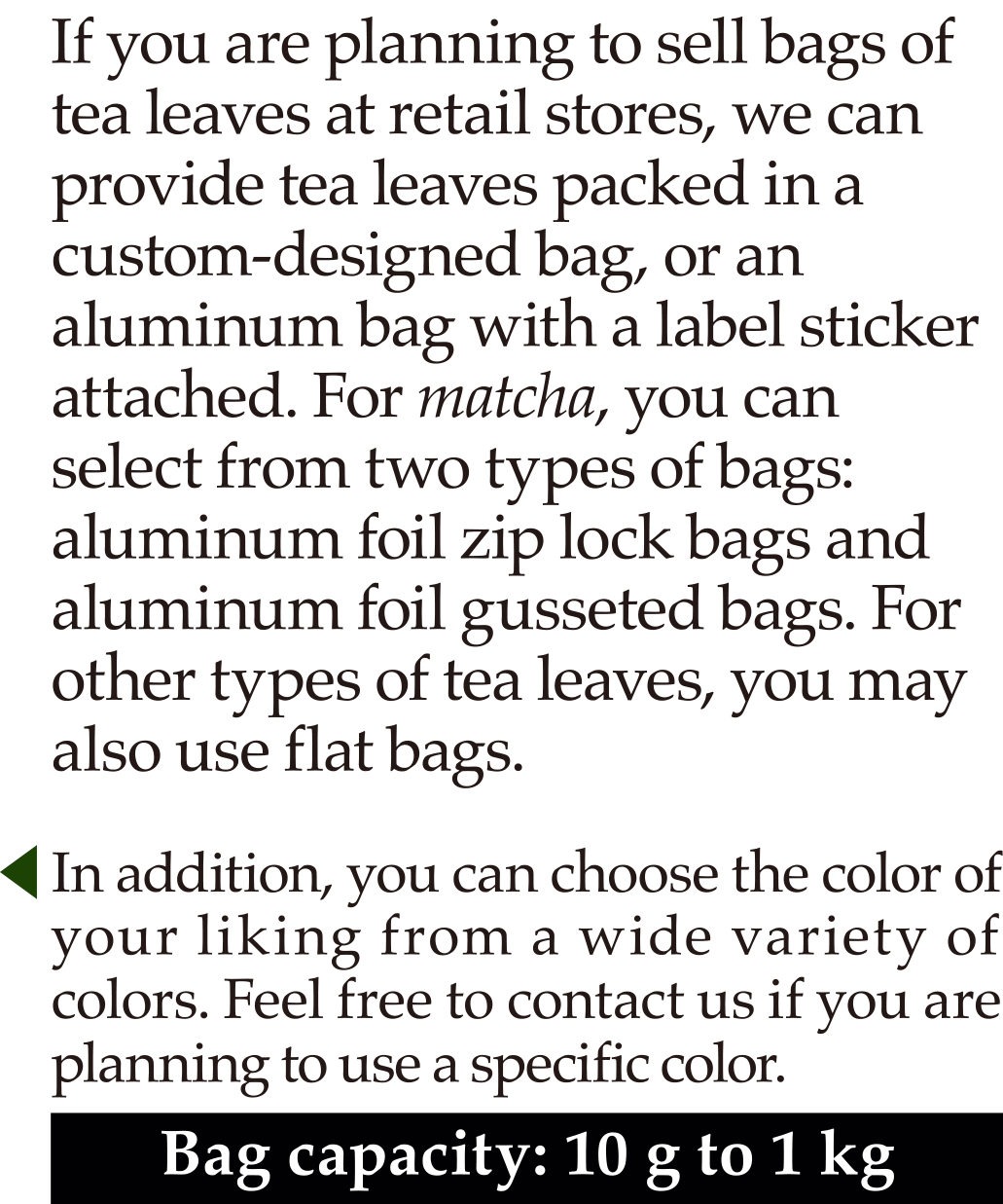
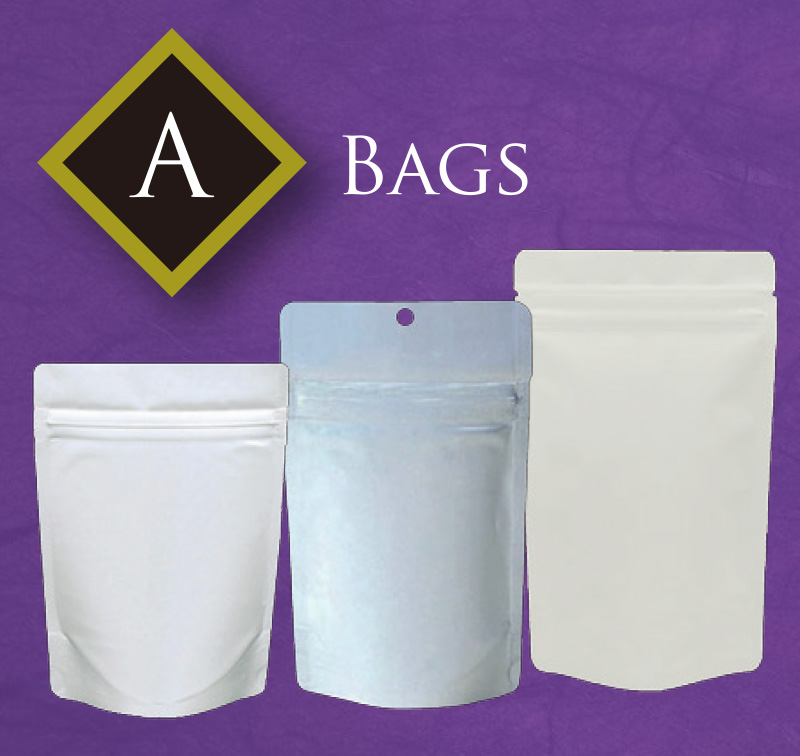
If you are planning to sell bags of tea leaves at retail stores, we can provide tea leaves packed in a custom-designed bag, or an aluminum bag with a label sticker attached. For matcha, you can select from two types of bags: aluminum foil zip lock bags and aluminum foil gusseted bags. For other types of tea leaves, you may also use flat bags.
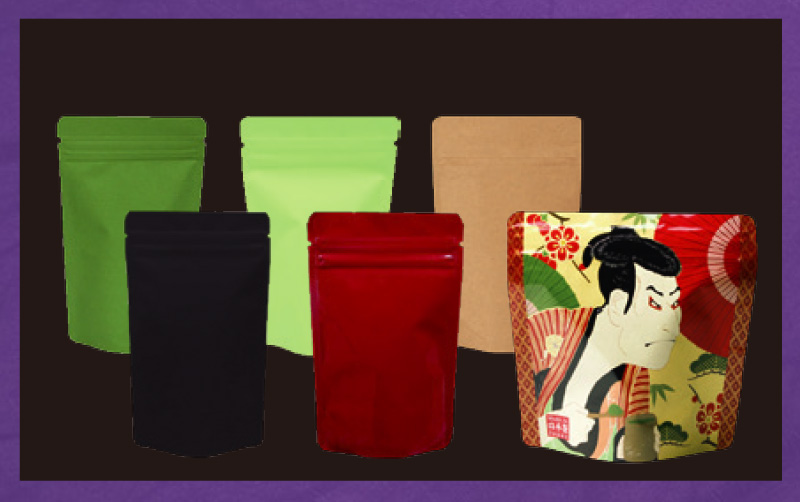
In addition, you can choose the color of your liking from a wide variety of colors. Feel free to contact us if you are planning to use a specific color. Bag capacity: 10 g to 1 kg
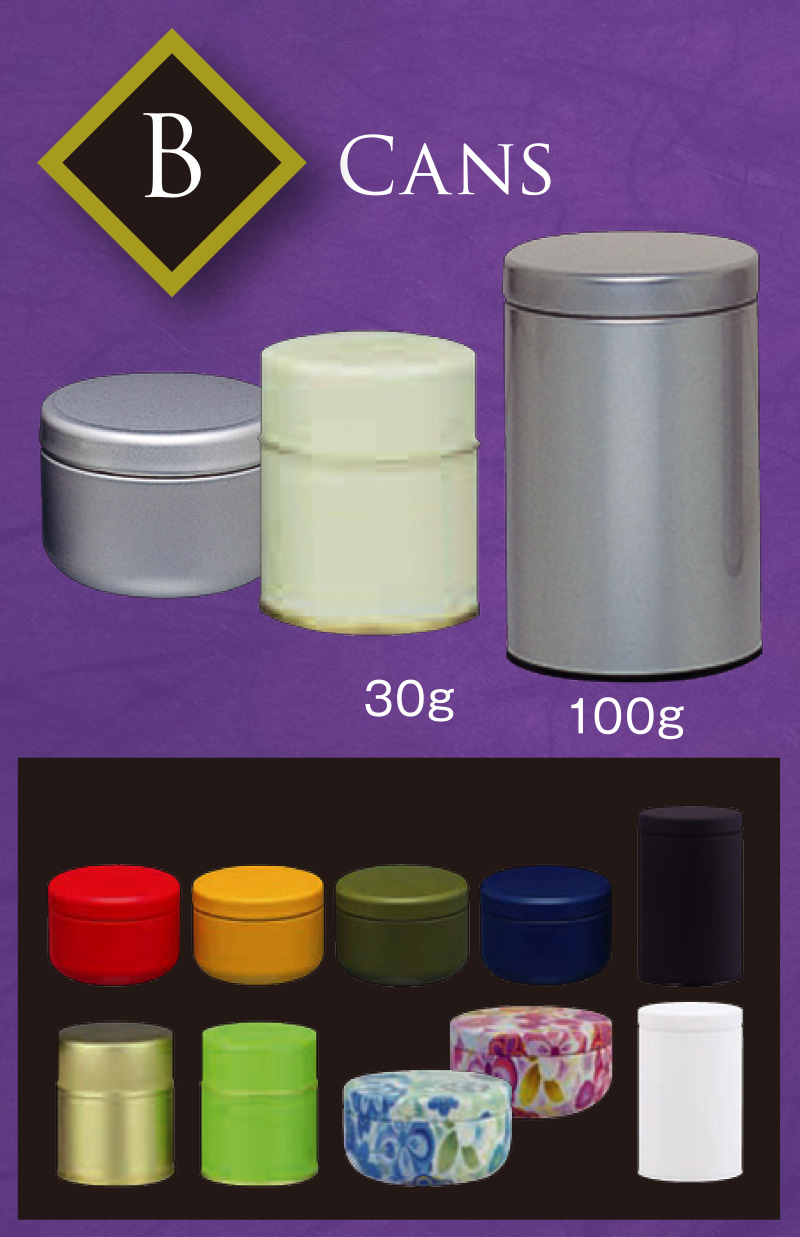
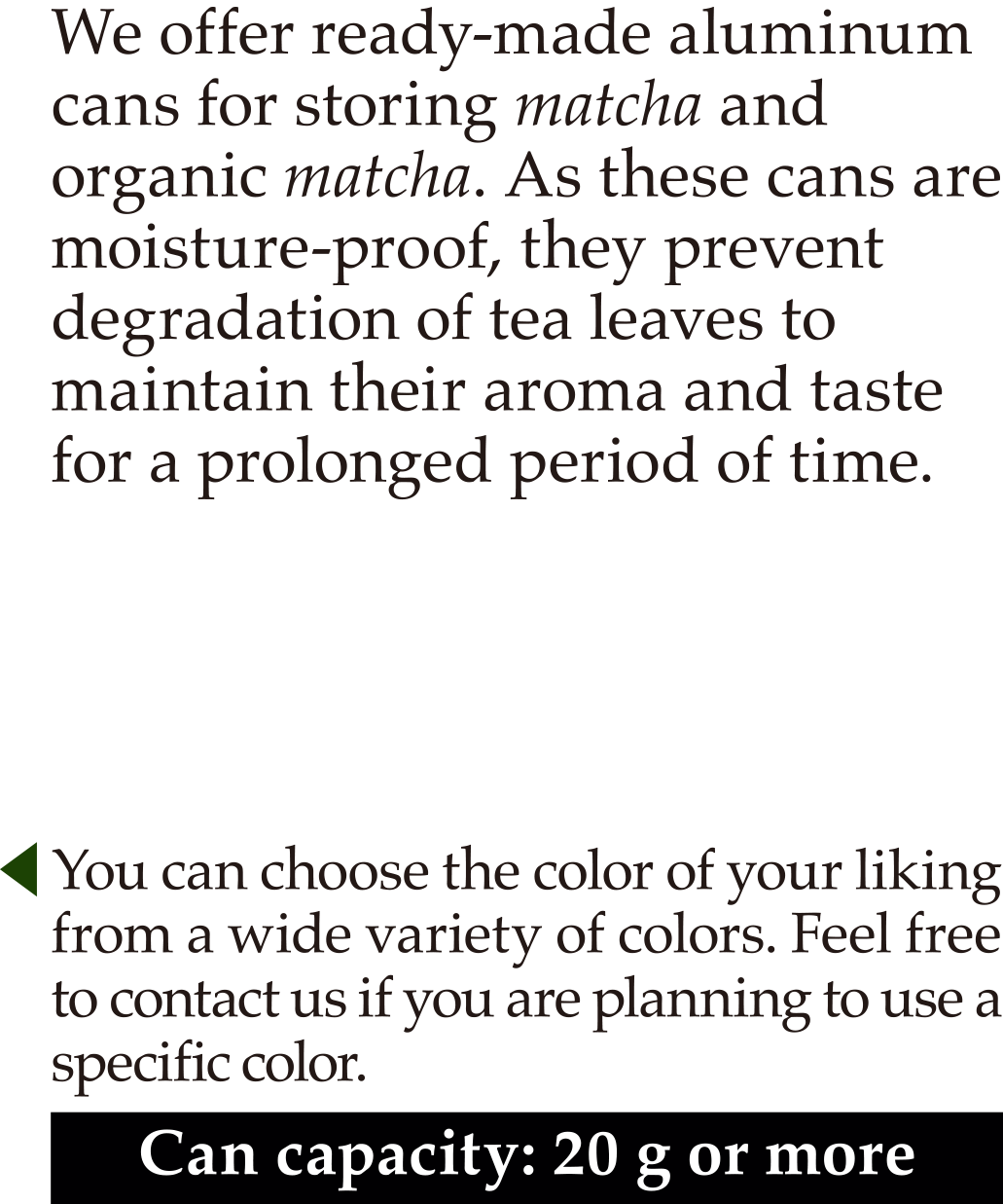
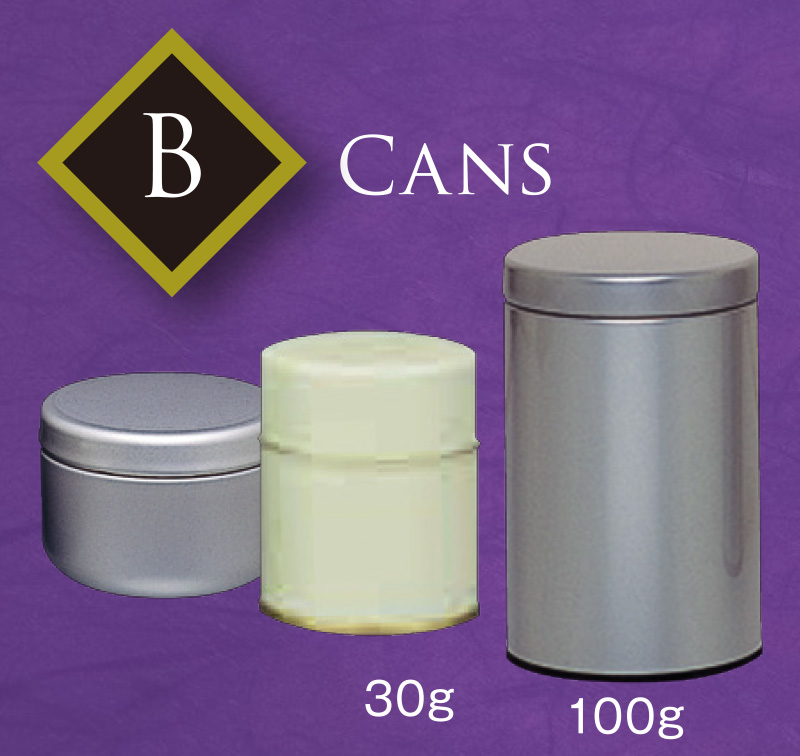
We offer ready-made aluminum cans for storing matcha and organic matcha. As these cans are moisture-proof, they prevent degradation of tea leaves to maintain their aroma and taste for a prolonged period of time.
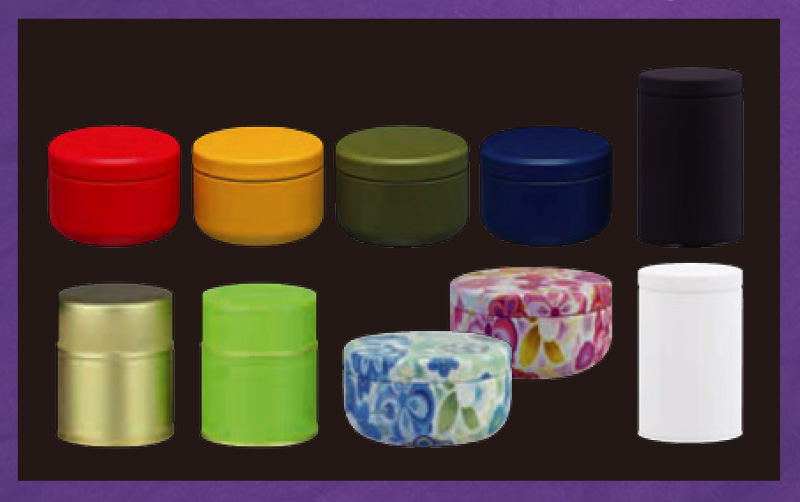
You can choose the color of your liking from a wide variety of colors. Feel free to contact us if you are planning to use a specific color.
Can capacity: 20 g or more
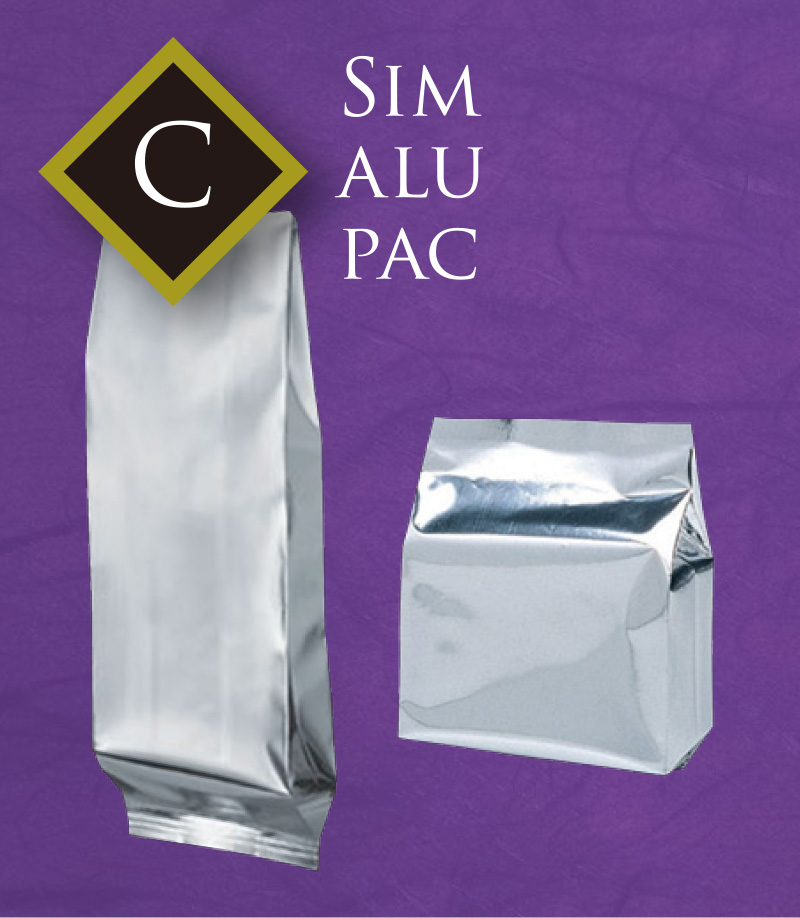
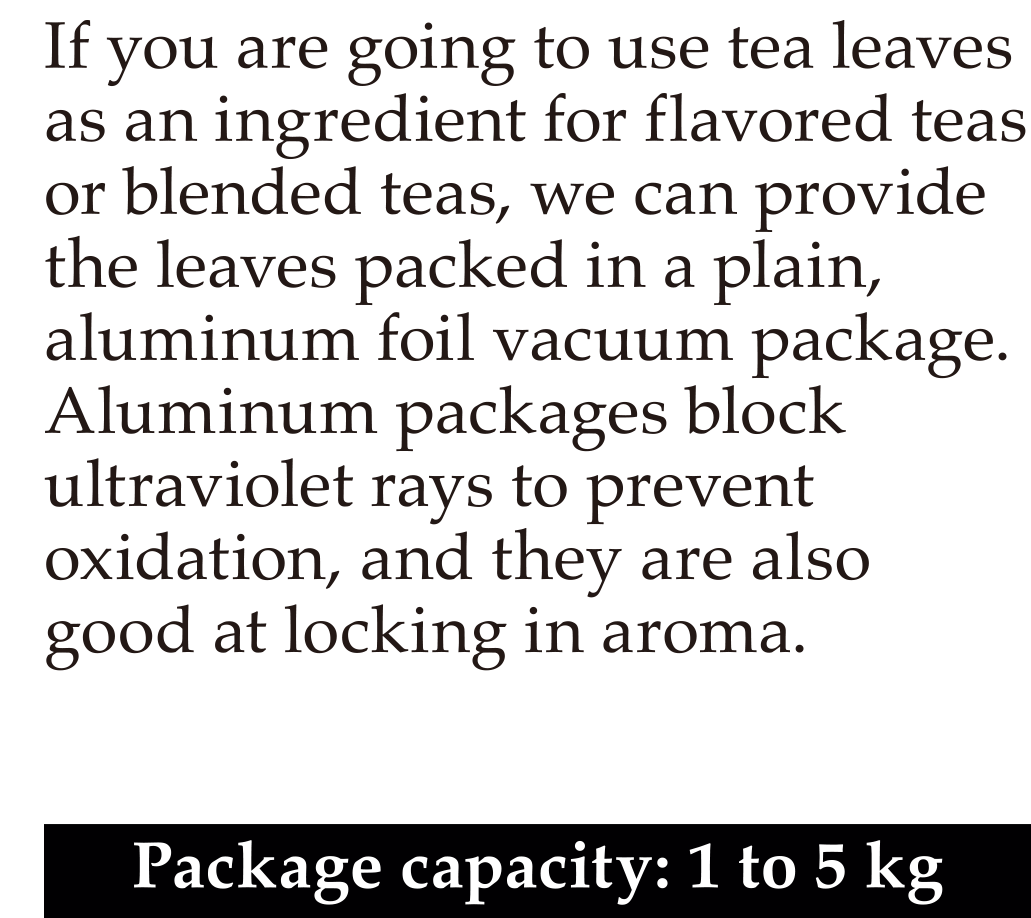
If you are going to use tea leaves as an ingredient for flavored teas or blended teas, we can provide the leaves packed in a plain, aluminum foil vacuum package. Aluminum packages block ultraviolet rays to prevent oxidation, and they are also good at locking in aroma.
Package capacity: 1 to 5 kg
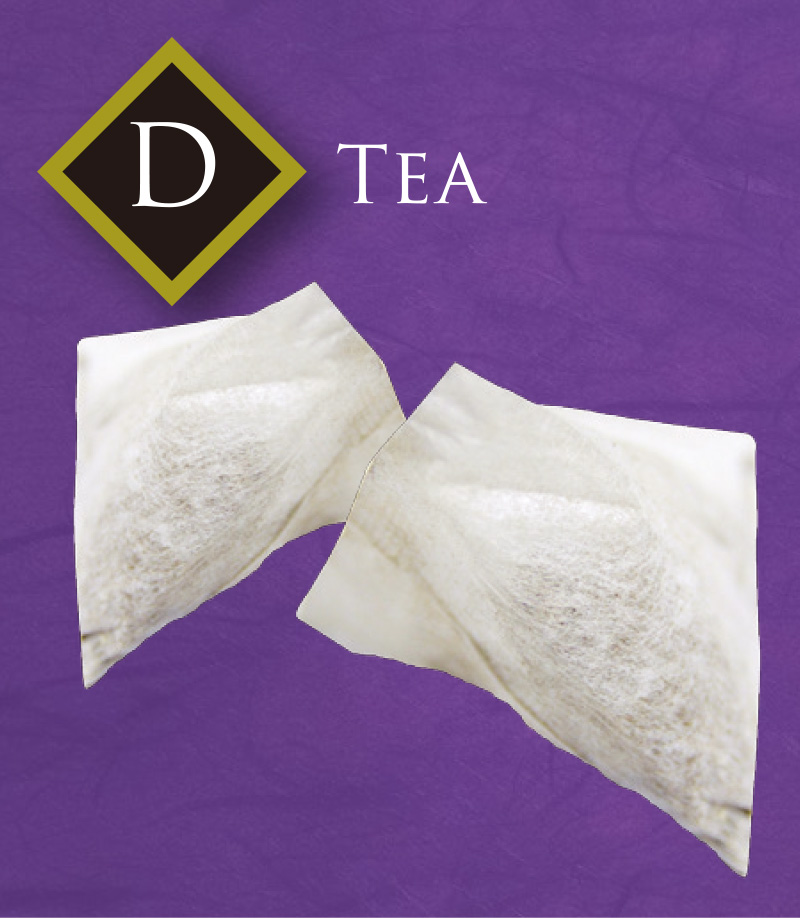

We have ready-made teabags for sencha and houjicha (5 g and 10 g), and genmaicha mixed with matcha (5 g). This easy-to-brew product is very popular because it does not require tea-making utensils such as teapots. We do not offer matcha in teabags.
Number of teabags available: 2 to 10 g


